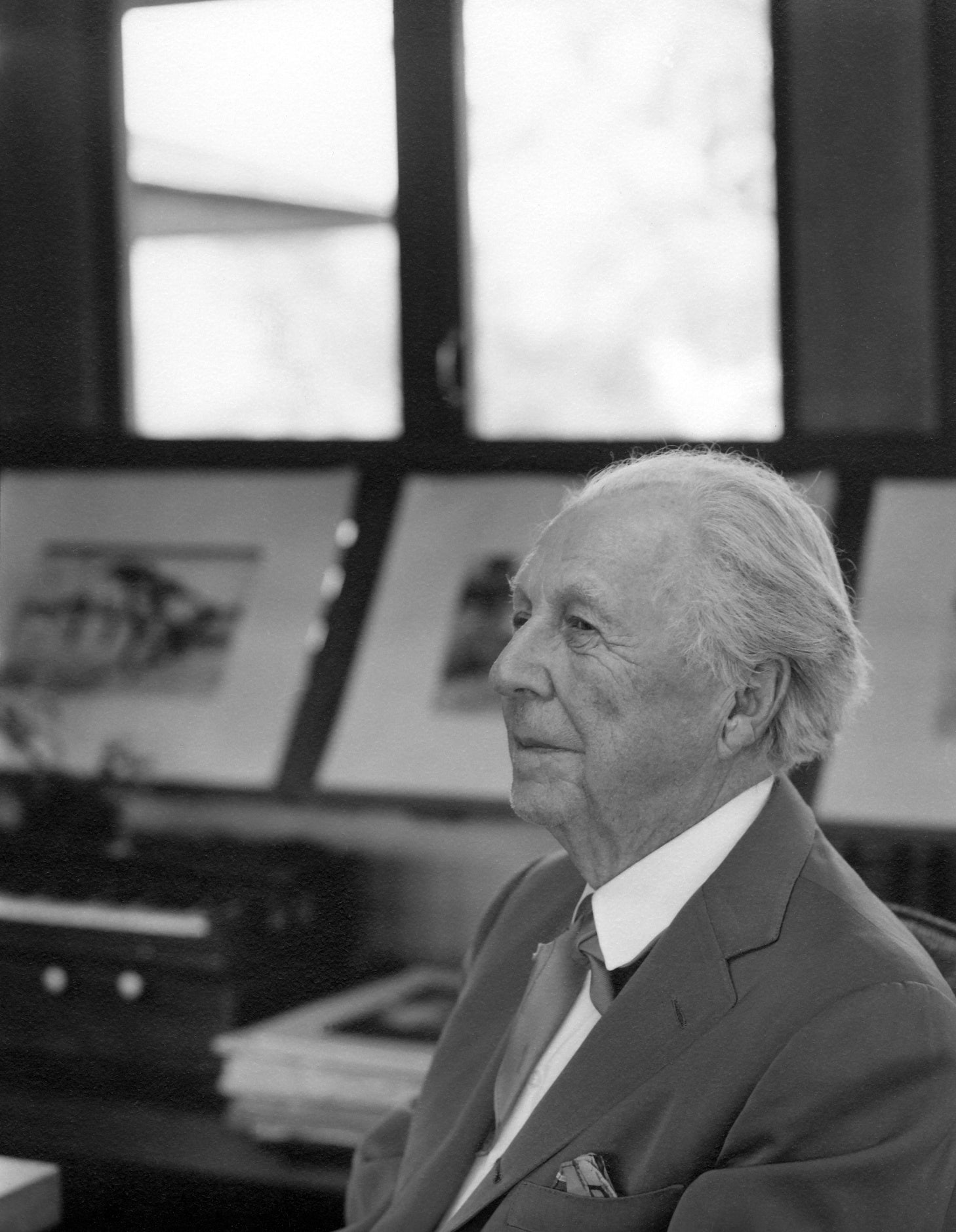









Masselink Abstraction 1 Rug
- Description
- Details
- Shipping
- Returns
Eugene Masselink (1910-1962) came to the Taliesin Fellowship in 1933 with a degree in art and a desire to learn from Frank Lloyd Wright. He was one of Wright’s earliest apprentices at the Taliesin Fellowship. He soon became indispensable to Wright and acted not only as his personal secretary for over twenty years but also his designated muralist. He developed his own unique graphic style, using abstract natural forms, which was very compatible with Wright’s designs and philosophy. He experimented with abstract line drawing studies using the three tools Wright used to create his designs- the T-square, the compass, and the triangle.
Known as abstract pattern studies, the exercises developed by Masselink and others in the early years at Taliesin were produced through a process by which an overall natural form was graphically reduced to an assemblage of geometric shapes and typically set onto an orthogonal or angular grid.
Experience the harmony of contemporary modern design with the Masselink Abstraction 1 Area Rug, a special collaboration piece between the Frank Lloyd Wright Foundation and Surya. Its elegant blend of warm neutral colors will add a sophisticated touch to any room. Made in Turkey from durable polyester, this rug is ideal for high traffic areas as it features a medium pile construction that's easy to maintain.
Please allow 4-6 weeks for production and delivery.
⋅Face material is 100% polyester
⋅Warp material is 100% cotton
⋅Machine-woven
⋅No backing
⋅Medium pile
Care Instructions:
⋅Spot clean only with mild detergent
Shipping is included for all special order items within the continental United States.
Please contact us if you would like to ship to other locations outside of the continental United States. If eligible, we will confirm availability and associated shipping costs.
Special Order items are final sale and non-returnable.
SPECIAL ORDER
This item is special order. Shipping is included for all special order items within the continental United States.
Please contact us if you would like to ship to other locations outside of the continental United States. If eligible, we will confirm availability and associated shipping costs.
Please note that all special order items are final sale and non-returnable.
Each purchase supports the Frank Lloyd Wright Foundation’s mission to inspire people to discover and embrace an architecture for better living through meaningful connections to nature, the arts, and each other.
- Related products
- Recently viewed








